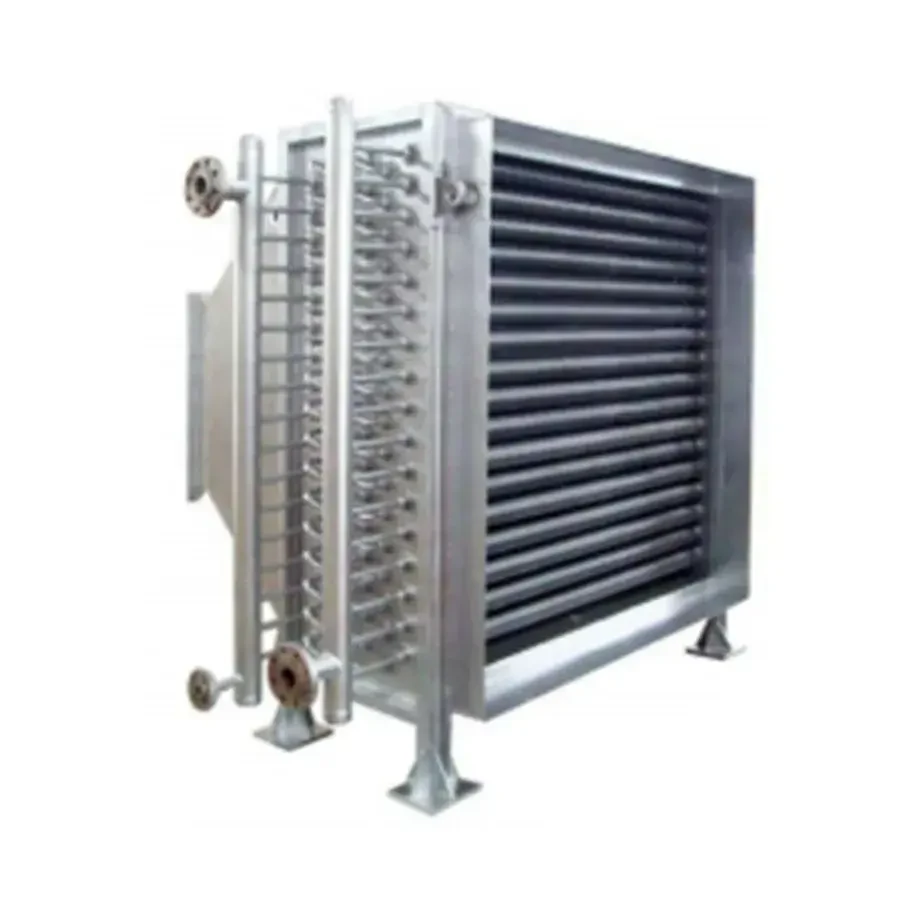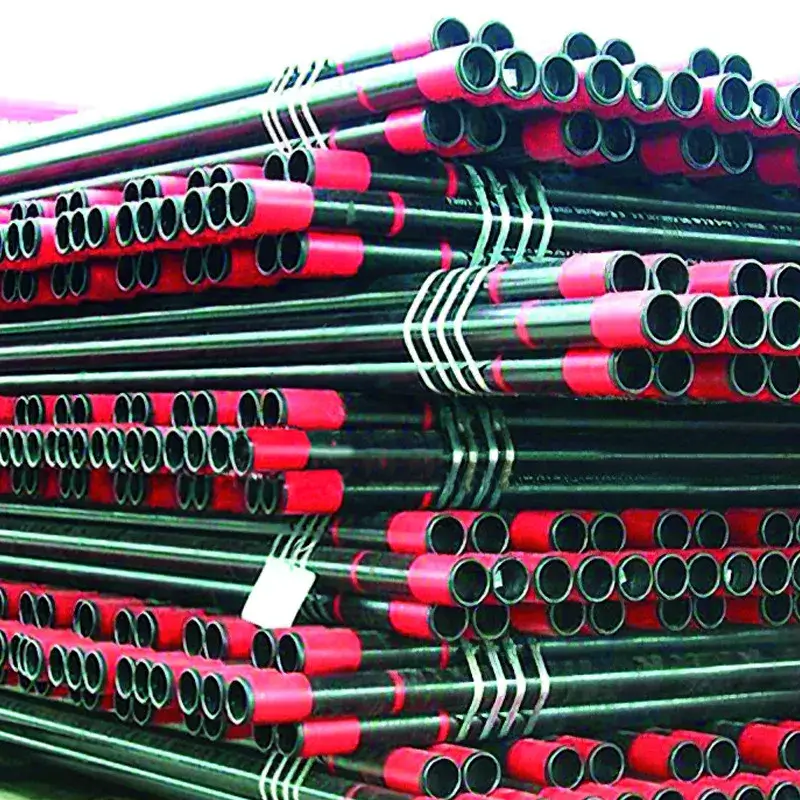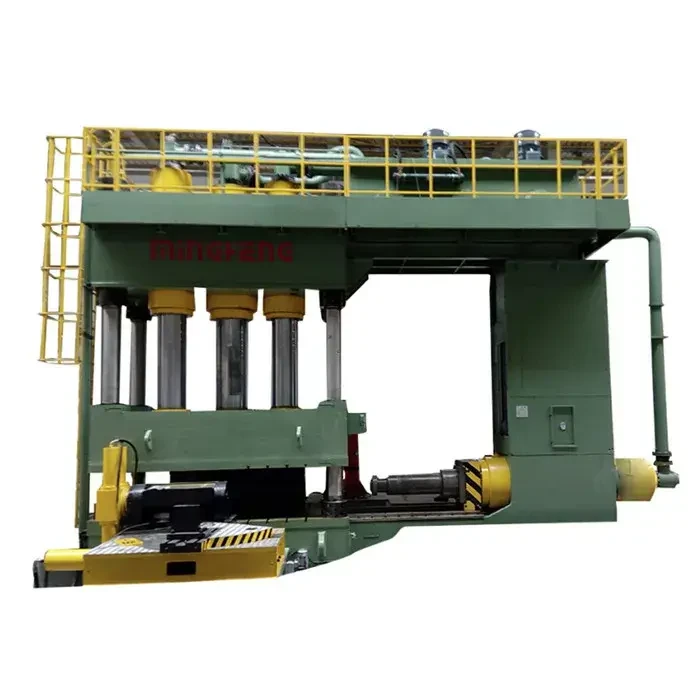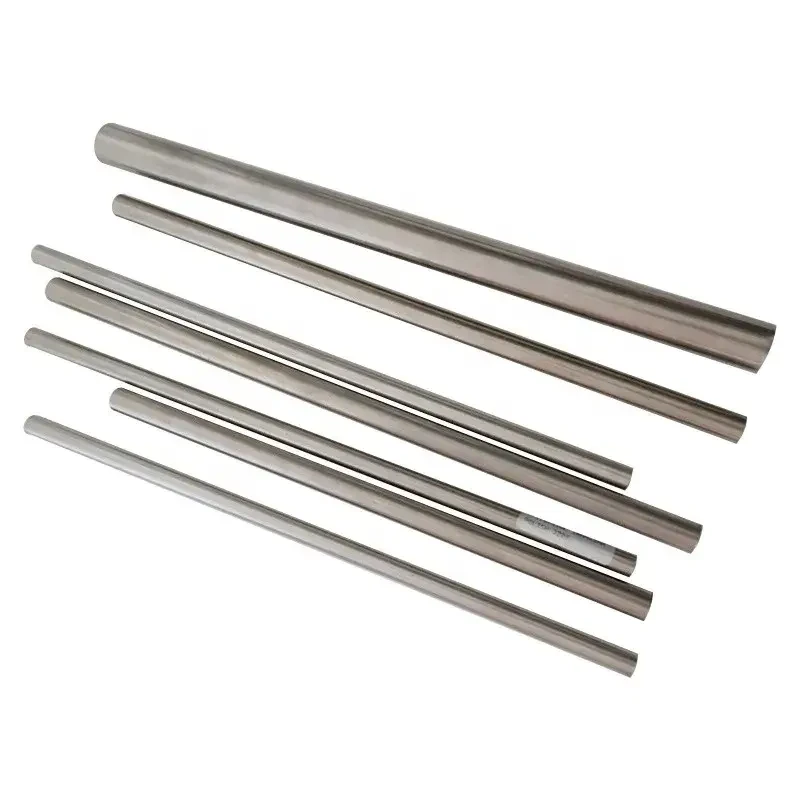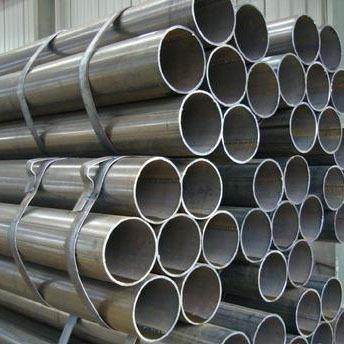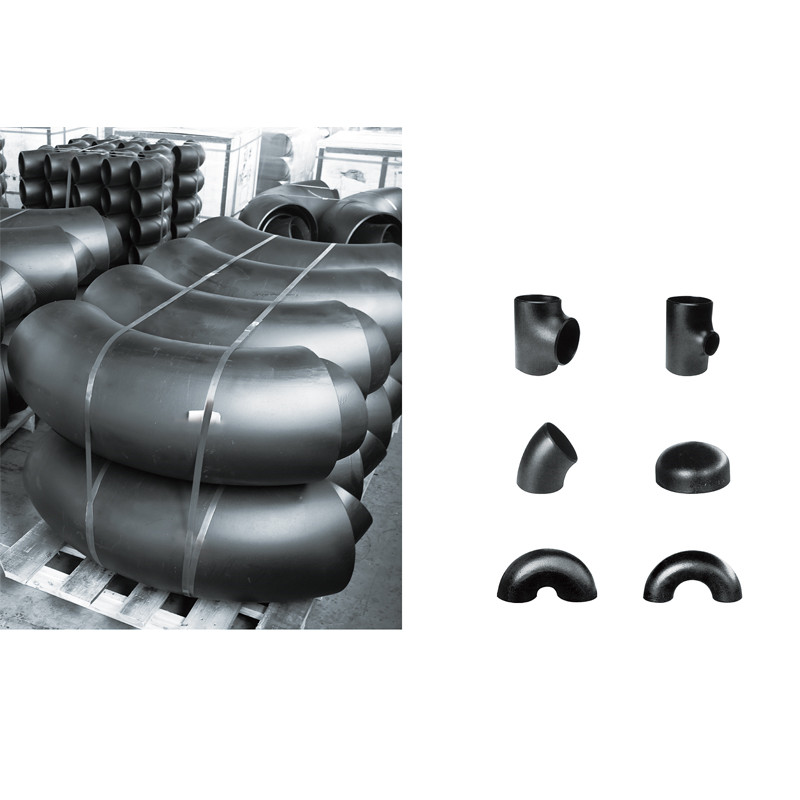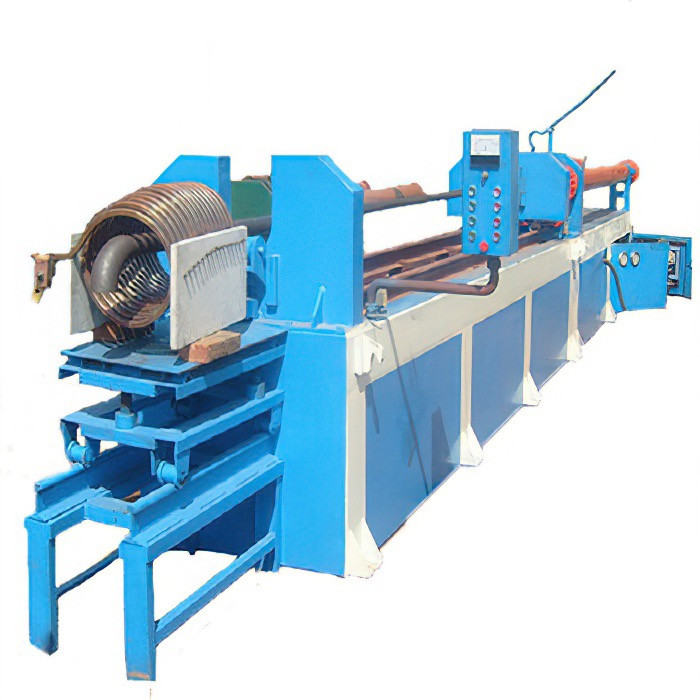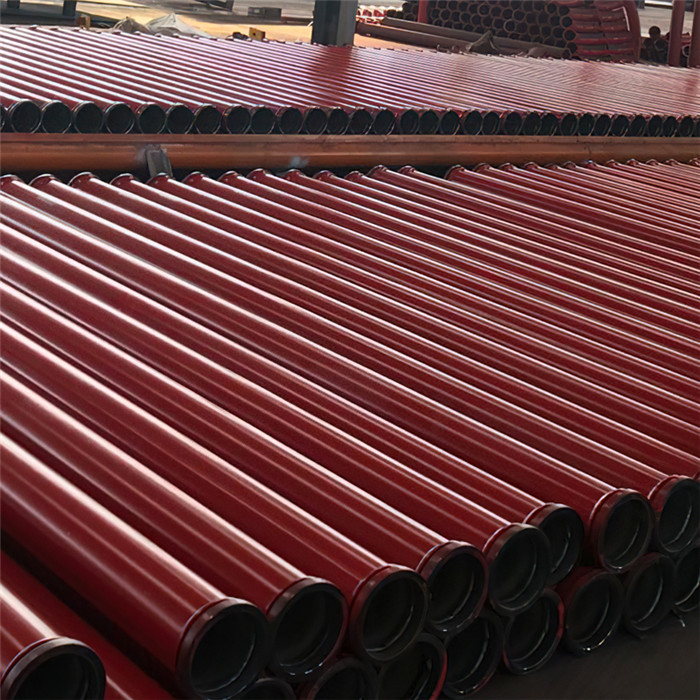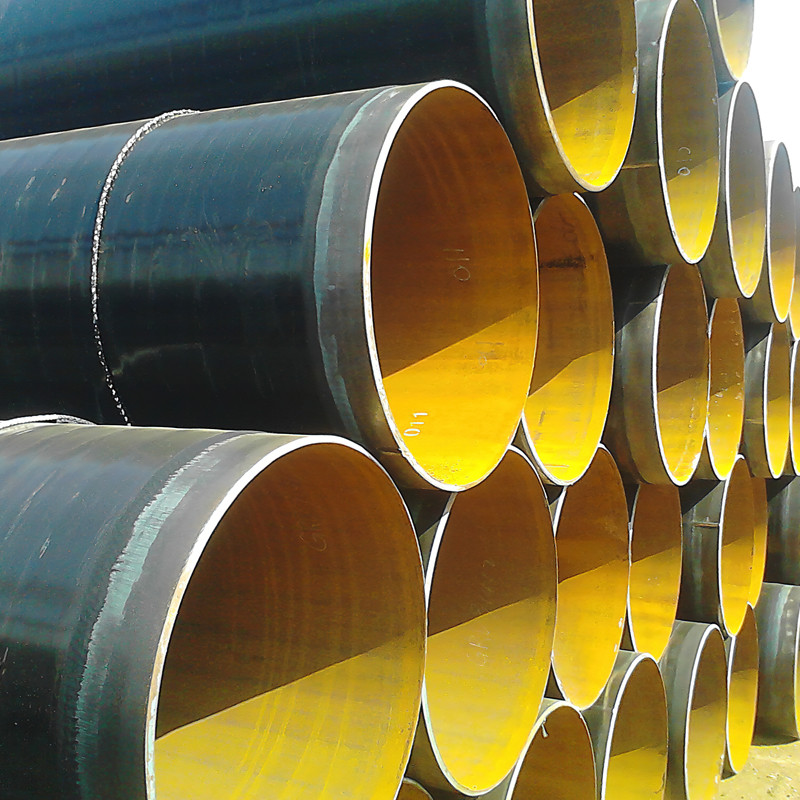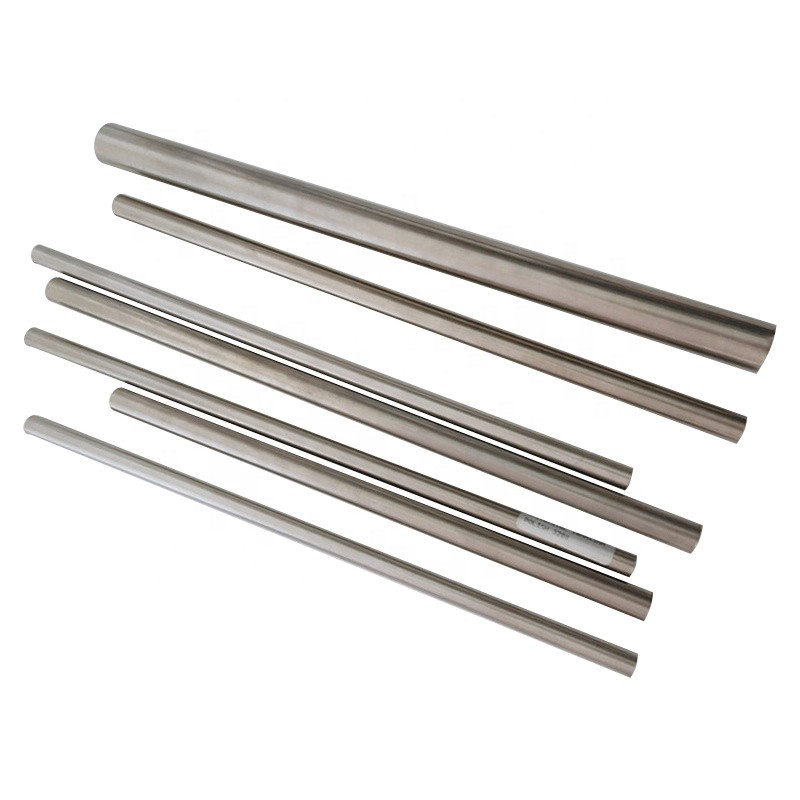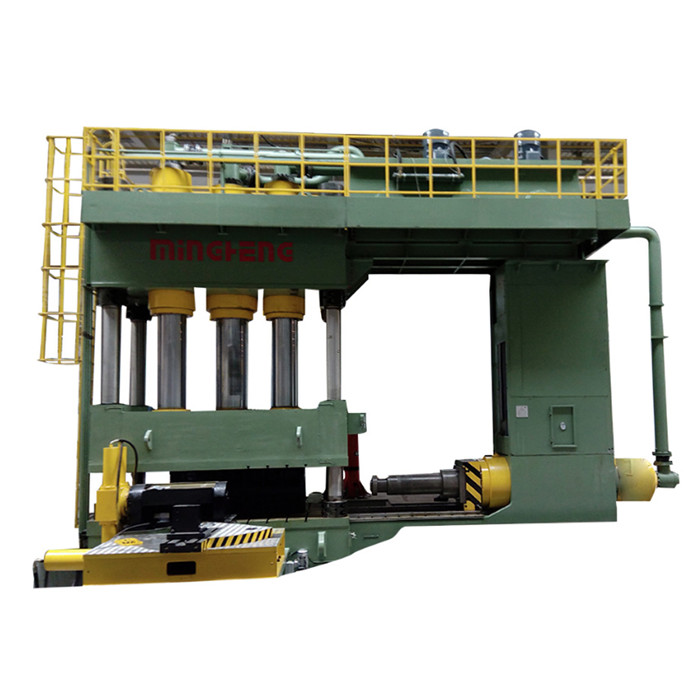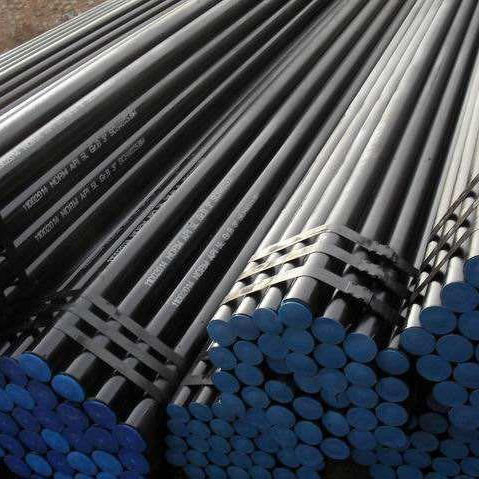Understanding the Critical Role of a bl flange distributor in Industrial Applications
In the intricate world of industrial piping systems, flanges play a pivotal role in ensuring secure and leak-proof connections. Among the diverse types, the blind flange types, often referred to as BL flanges, are unique for their function in sealing off pipelines, valves, or pressure vessel openings. A reputable bl flange distributor serves as a critical link in the supply chain, providing high-quality components essential for safety, efficiency, and operational integrity across various sectors. The demand for robust and reliable blind flanges is ever-growing, driven by stringent safety regulations and the expansion of infrastructure in industries like oil and gas, petrochemicals, power generation, and water treatment. Understanding the nuances of these components, from material specifications to manufacturing precision, is paramount for B2B decision-makers seeking optimal system performance and longevity.
The market for industrial flanges is characterized by an increasing emphasis on material traceability, advanced manufacturing techniques, and adherence to international standards. Customers are increasingly looking for distributors who not only offer competitive pricing but also possess in-depth technical expertise and robust supply chain capabilities. This includes a deep understanding of flange blind types, their pressure ratings, temperature resistances, and compatibility with various corrosive media. The ability of a bl flange distributor to provide comprehensive solutions, including customization and technical support, differentiates leading suppliers in a competitive landscape. As global industrial activity continues to expand, the reliability of every component, especially critical sealing elements like blind flanges, becomes non-negotiable for project success and operational safety.
The Advanced Manufacturing Process of Blind Flanges
The production of high-quality blind flanges, offered by a proficient bl flange distributor, involves a series of meticulously controlled processes designed to ensure structural integrity and performance under extreme conditions.
- • Material Selection: The foundation of a durable blind flange lies in its material. Common choices include carbon steel (ASTM A105, A350 LF2), stainless steel (ASTM A182 F304/304L, F316/316L), and alloy steel (ASTM A182 F5, F9, F11, F22, F91), selected based on the application's pressure, temperature, and corrosion resistance requirements. For high-yield applications, materials like ASTM A694 Grade F42 to F70 are specified. A reputable bl flange distributor sources materials only from certified mills, ensuring full traceability and compliance.
- • Manufacturing Processes:
- ‣ Forging: This is the preferred method for high-pressure and high-temperature applications, as it refines the grain structure, enhancing strength and fatigue resistance. Large billets are heated and shaped under immense pressure.
- ‣ Casting: While less common for critical applications due to potential internal defects, casting is used for lower pressure or specialized shapes. Advanced casting techniques minimize imperfections.
- ‣ CNC Machining: Post-forging or casting, flanges undergo precise CNC machining to achieve exact dimensions, surface finish, and bolt hole patterns. This ensures perfect alignment and tight seals.
- • Heat Treatment: Depending on the material, processes like normalizing, annealing, quenching, and tempering are applied to optimize mechanical properties such as hardness, toughness, and ductility.
- • Surface Treatment: To enhance corrosion resistance and prolong service life, flanges may undergo treatments like galvanization, epoxy coating, or painting. This is particularly crucial for offshore or chemically aggressive environments.
- • Quality Control & Inspection: Each flange is subjected to rigorous testing, including chemical analysis, mechanical testing (tensile, impact), non-destructive testing (NDT) like ultrasonic and magnetic particle inspection, and dimensional checks. Adherence to standards such as ISO 9001, ANSI B16.5, B16.47, DIN, and EN specifications is verified, ensuring that the product from a leading bl flange distributor meets all global industry requirements.
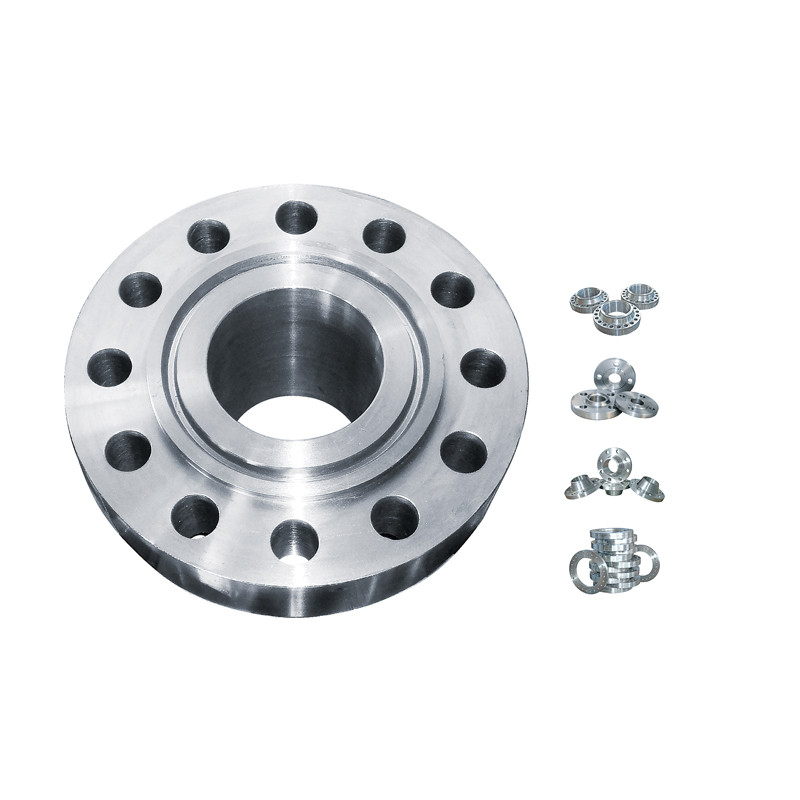
The meticulousness of this process ensures that blind flanges are not just simple metal discs, but precision-engineered components capable of withstanding the most demanding operational parameters. This commitment to quality directly translates into longer service life, often exceeding 20-30 years in well-maintained systems, and significant advantages in applications requiring absolute sealing. For instance, in petrochemical plants, reliable blind flanges prevent hazardous leaks, contributing to energy savings by maintaining system integrity and drastically reducing environmental impact.
Key Technical Parameters and Industry Standards
Selecting the right blind flange from a bl flange distributor requires a thorough understanding of technical specifications and applicable industry standards. These parameters dictate the flange's suitability for specific pressure, temperature, and corrosive environments.
For European projects, understanding din flange types and their corresponding PN ratings (e.g., PN16 for 16 bar pressure) is as critical as ANSI Class ratings for North American or international projects. A knowledgeable bl flange distributor can navigate these complexities, ensuring compliance with relevant specifications like ASME B16.5 for pipe flanges and flanged fittings, ASME B16.47 for large diameter steel flanges, and DIN EN 1092-1 for steel flanges. This adherence to globally recognized standards not only guarantees interoperability but also underpins the safety and operational reliability of the entire piping system.
Diverse Applications and Strategic Advantages
The versatility of blind flanges makes them indispensable across a spectrum of heavy industries. A trusted bl flange distributor caters to sectors including:
- • Oil and Gas: Used for isolating sections of pipelines during maintenance, repair, or future expansion. Their robust design ensures containment of highly volatile and corrosive media, which is crucial for safety and environmental protection.
- • Petrochemical Industry: Essential in processing plants for temporary or permanent sealing of process lines, ensuring zero leakage of dangerous chemicals. This application directly contributes to operational efficiency and minimizes potential hazards.
- • Power Generation: Utilized in steam, water, and fuel lines within power plants, including nuclear and thermal facilities, to facilitate safe system isolation and maintenance procedures. The longevity of these components reduces the frequency of replacements, enhancing plant uptime.
- • Water Treatment & Desalination: Employed in large diameter piping systems to isolate sections for cleaning, inspection, or future connections. The anti-corrosion properties are vital given the constant exposure to water and treatment chemicals.
- • Metallurgy & Mining: Used in slurry pipelines and processing equipment to cap off lines when not in use or during system modifications, showcasing their adaptability to abrasive environments.
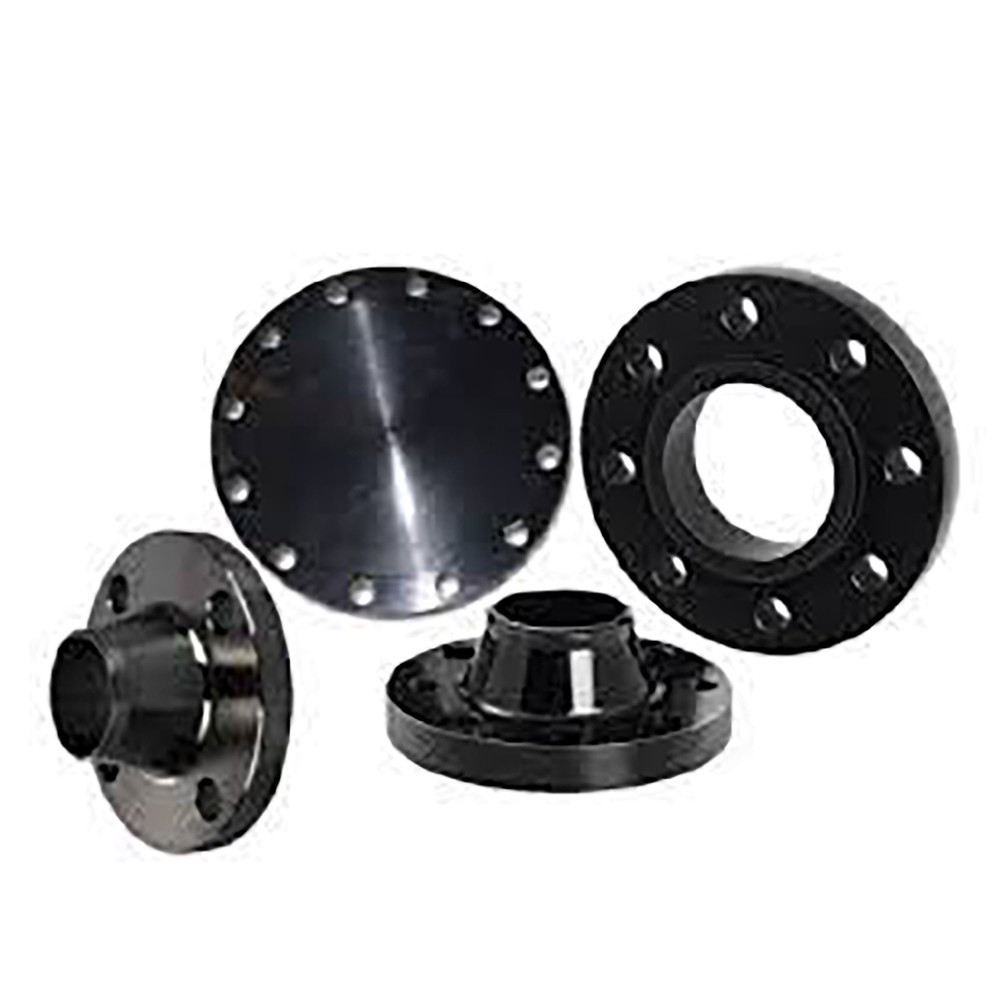
The technical advantages offered by high-quality blind flanges are significant. They provide a superior, positive shut-off compared to a valve, which might leak through its seat. This makes them indispensable for critical isolation points where absolute containment is required for safety or process integrity. Furthermore, their robust construction, especially forged options supplied by a specialist bl flange distributor, ensures exceptional longevity and resistance to internal pressure, external forces, and environmental degradation. The correct selection of material, for example, a stainless steel flange blind types for corrosive media, can drastically extend the lifespan of the entire system, leading to long-term cost savings in maintenance and replacement.
Choosing the Right bl flange distributor: A Manufacturer Comparison
When sourcing blind flanges, the choice of bl flange distributor significantly impacts project timelines, product quality, and cost-efficiency. It is crucial to partner with suppliers who demonstrate not only competitive pricing but also a strong commitment to quality assurance, technical support, and reliable delivery.
A key indicator of an authoritative bl flange distributor is their ability to provide comprehensive MTC (Material Test Certificates) according to EN 10204 3.1 or 3.2, ensuring full traceability from raw material to finished product. This level of transparency builds trust and is often a mandatory requirement for large-scale industrial projects. Leading distributors also showcase their experience through extensive project portfolios, often spanning decades, and positive client testimonials that highlight their reliability and problem-solving capabilities in complex scenarios.
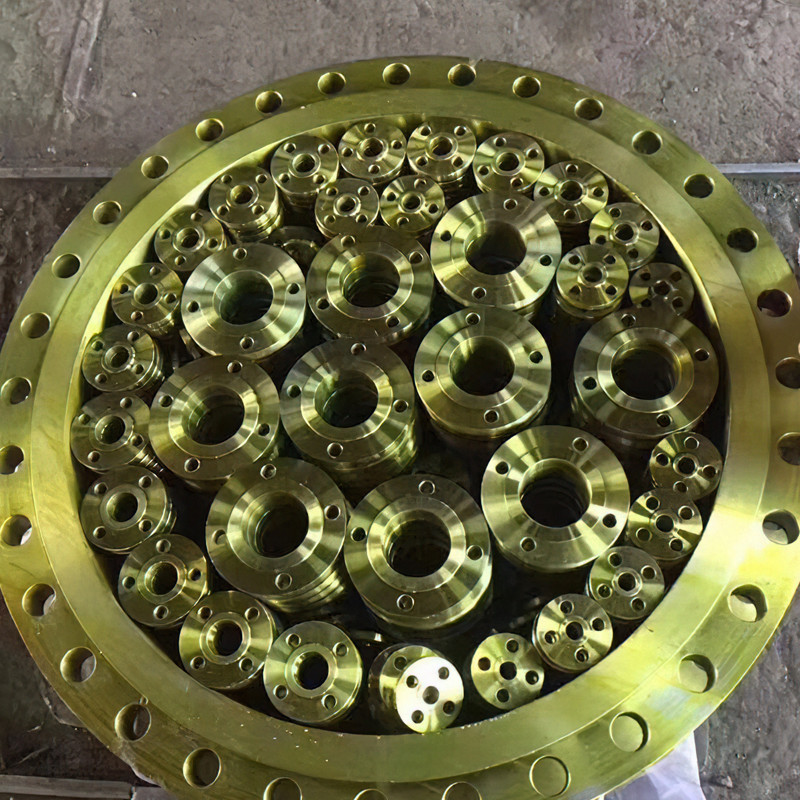
Custom Solutions and Case Studies
The demand for bespoke flange solutions is increasing as industrial projects become more specialized. A forward-thinking bl flange distributor excels in providing tailored manufacturing options, working closely with clients to meet unique dimensional, material, or performance specifications. This might involve producing custom-sized blind flange types for non-standard pipe diameters, flanges with specific facings for unusual gasket materials, or those requiring specialized coatings for extreme chemical resistance. The technical team collaborates on design, material selection, and process optimization to ensure the custom flange integrates seamlessly into the existing infrastructure while meeting or exceeding performance expectations.
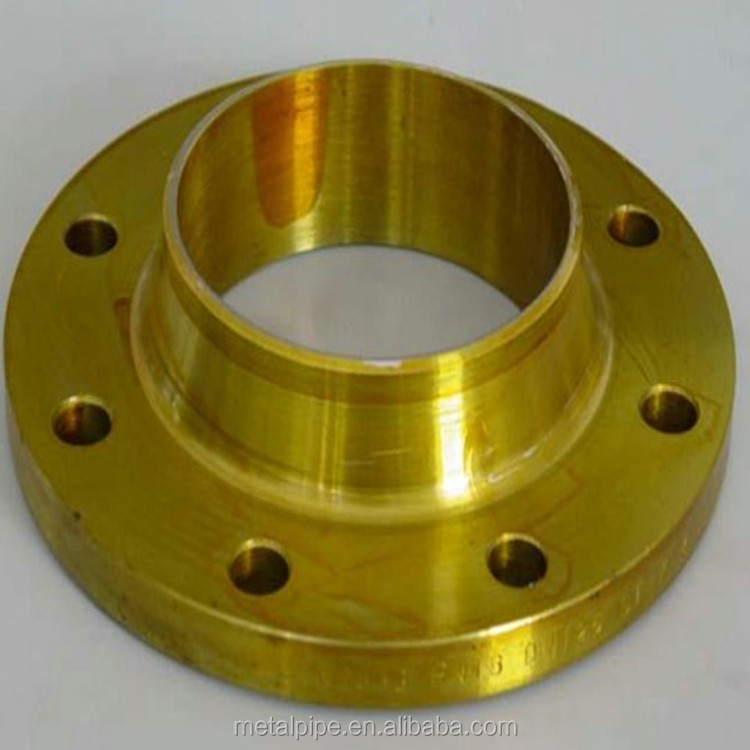
Case Study: Offshore Platform Isolation
A major offshore oil and gas operator faced a critical challenge requiring the temporary isolation of a high-pressure subsea pipeline for urgent repair. Standard flange blind types available on short notice did not meet the exact pressure class and material requirements for the highly corrosive saltwater environment and extreme operating pressures (API 6A compliant). A specialized bl flange distributor was engaged. Through rapid prototyping and specialized forging of ASTM A694 F65 material, followed by stringent NDT (e.g., radiography and ultrasonic testing) and comprehensive hydrostatic pressure testing, custom blind flanges were manufactured and delivered within an accelerated timeframe. This expedited delivery and precise engineering allowed the operator to minimize downtime and prevent potential environmental hazards, showcasing the critical role of an agile and expert bl flange distributor.
Frequently Asked Questions (FAQ)
-
Q: What is the primary difference between a slip-on flange and a blind flange?
A: A slip-on flange is designed to slide over the end of a pipe and is then welded into place, primarily used for low-pressure applications. A blind flange, on the other hand, is a solid disk used to block off a pipeline or a nozzle opening, designed for temporary or permanent closure and capable of handling high pressures. A leading bl flange distributor can provide both types, along with other critical components like plate flanges.
-
Q: How do I ensure I receive genuine and certified products from a bl flange distributor?
A: Always request comprehensive material test certificates (MTCs), preferably EN 10204 3.1 or 3.2, which provide full traceability and chemical/mechanical properties. Additionally, verify the distributor's certifications (e.g., ISO 9001) and their reputation in the industry. Reputable suppliers like a trusted din flange manufacturer or distributor will openly provide these documents.
-
Q: What is the typical delivery timeframe for custom flange blind types?
A: Delivery times for custom orders can vary significantly based on complexity, material availability, and manufacturing queue. However, a specialized bl flange distributor often maintains strategic partnerships with raw material suppliers and has flexible production lines, enabling them to offer competitive lead times, often between 4-8 weeks for complex custom orders, with expedited options available for urgent requirements.
Delivery and Warranty Commitments
Reliable delivery and robust warranty policies are hallmarks of a trustworthy bl flange distributor. Our commitment extends beyond providing high-quality flanges to ensuring timely dispatch and arrival, minimizing project delays. We operate with transparent delivery schedules, often providing real-time tracking for large orders.
All products supplied by our network adhere to a standard warranty period, typically 12-24 months from installation or 18-30 months from shipment, whichever comes first, against manufacturing defects. This warranty underscores our confidence in the quality and durability of our flanges. Furthermore, our dedicated customer support team is available to assist with any technical queries or logistical challenges, ensuring seamless integration and long-term satisfaction for our B2B partners. This comprehensive support structure ensures that choosing our products, whether they are standard blind flange types or custom solutions, is a secure and reliable investment for your industrial operations.
References
- American Society of Mechanical Engineers (ASME). ASME B16.5: Pipe Flanges and Flanged Fittings.
- Deutsches Institut für Normung (DIN). DIN EN 1092-1: Flanges and their joints - Circular flanges for pipes, valves, fittings and accessories, PN designated - Part 1: Steel flanges.
- International Organization for Standardization (ISO). ISO 9001: Quality management systems.
- ASTM International. Standard Specification for Carbon Steel Forgings for Piping Applications.
Post time: Aug . 14, 2025 05:00


